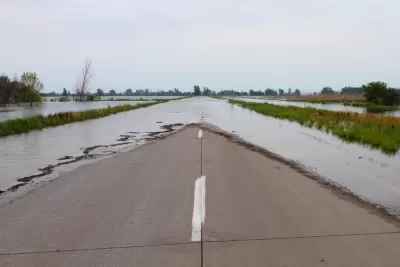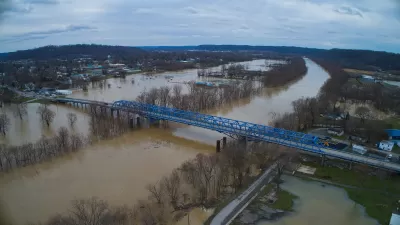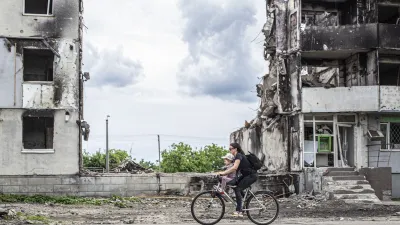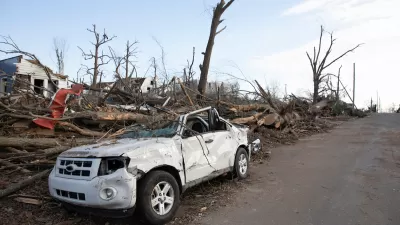Tight applications prevented many communities struck by disasters from applying for FEMA resilience grants, so the agency issued a new rule that extended the application window.

“U.S. communities recovering from major natural disasters now have more time to apply for a resilience-focused grant program the Federal Emergency Management Agency offers in the wake of such events,” according to a Smart City Dive article by Ysabelle Kempe. In August, FEMA published a final rule extending the application window for the Hazard Mitigation Grant Program from 12 months to 15 months, as well as the extension window from 180 days to 240 days. It will also allow FEMA to reopen closed application periods in certain cases, something that wasn’t previously possible.
State, local, tribal, and territorial governments that have experienced a federally declared major disaster are eligible to apply for the program, which provides support both to rebuild and mitigate future disaster impacts. “However, nearly 20% of the funds available through the program are left on the table, Victoria Salinas, FEMA’s associate administrator for resilience, wrote in an Aug. 15 LinkedIn post. She attributed the problem to the challenges posed by deadlines and how extensions were made,” Kempe reports. In addition to making it more feasible for governments to apply, the deadline extension is expected to reduce extension requests, which will reduce the administrative burdens for both the communities and the agency.
“The change is ‘a great example of an agency making small tweaks to a program based on stakeholder input’ and a move in the right direction, Melissa Roberts, founder and executive director of the American Flood Coalition, wrote in an Aug. 15 LinkedIn post,” according to the Smart Cities Dive article.
FULL STORY: Disaster-struck communities now have more time to apply for FEMA resilience grants

Alabama: Trump Terminates Settlements for Black Communities Harmed By Raw Sewage
Trump deemed the landmark civil rights agreement “illegal DEI and environmental justice policy.”

Planetizen Federal Action Tracker
A weekly monitor of how Trump’s orders and actions are impacting planners and planning in America.

The 120 Year Old Tiny Home Villages That Sheltered San Francisco’s Earthquake Refugees
More than a century ago, San Francisco mobilized to house thousands of residents displaced by the 1906 earthquake. Could their strategy offer a model for the present?

In Both Crashes and Crime, Public Transportation is Far Safer than Driving
Contrary to popular assumptions, public transportation has far lower crash and crime rates than automobile travel. For safer communities, improve and encourage transit travel.

Report: Zoning Reforms Should Complement Nashville’s Ambitious Transit Plan
Without reform, restrictive zoning codes will limit the impact of the city’s planned transit expansion and could exclude some of the residents who depend on transit the most.

Judge Orders Release of Frozen IRA, IIJA Funding
The decision is a victory for environmental groups who charged that freezing funds for critical infrastructure and disaster response programs caused “real and irreparable harm” to communities.
Urban Design for Planners 1: Software Tools
This six-course series explores essential urban design concepts using open source software and equips planners with the tools they need to participate fully in the urban design process.
Planning for Universal Design
Learn the tools for implementing Universal Design in planning regulations.
Clanton & Associates, Inc.
Jessamine County Fiscal Court
Institute for Housing and Urban Development Studies (IHS)
City of Grandview
Harvard GSD Executive Education
Toledo-Lucas County Plan Commissions
Salt Lake City
NYU Wagner Graduate School of Public Service





























